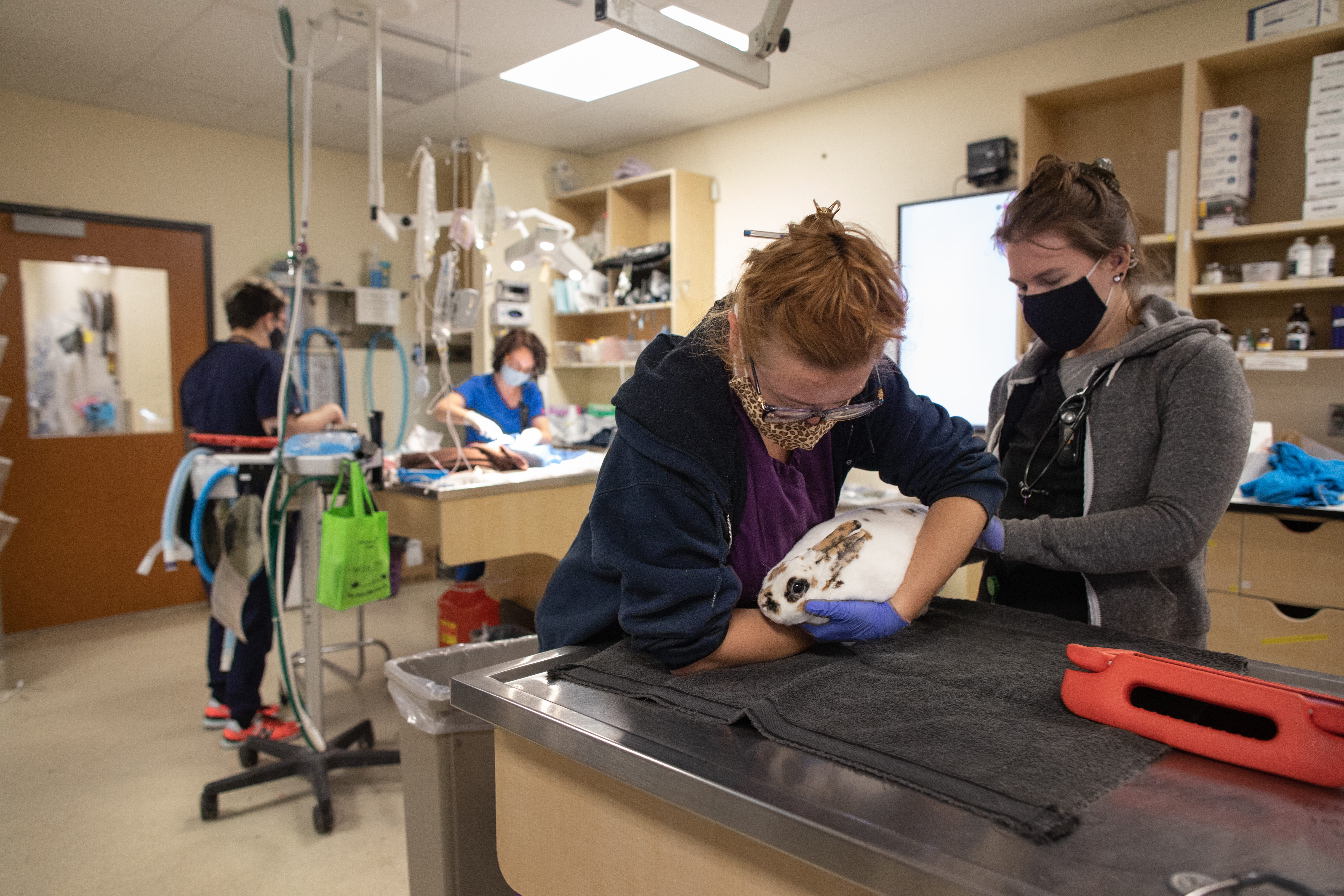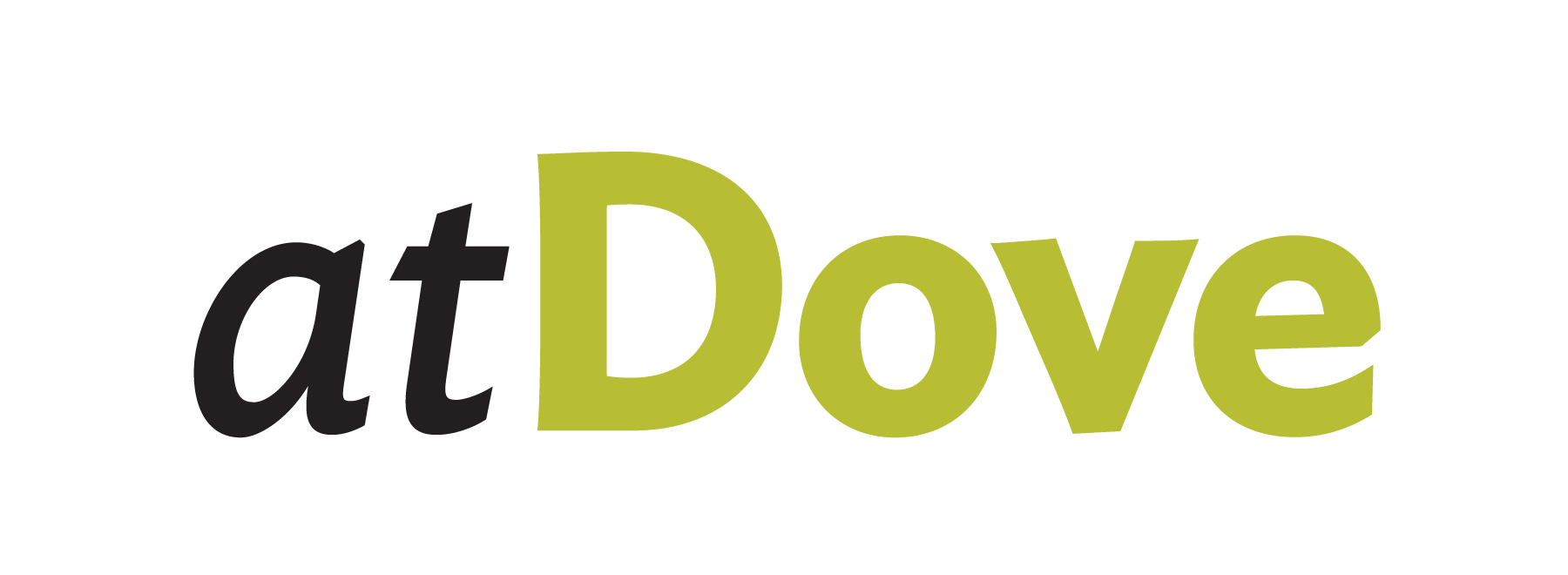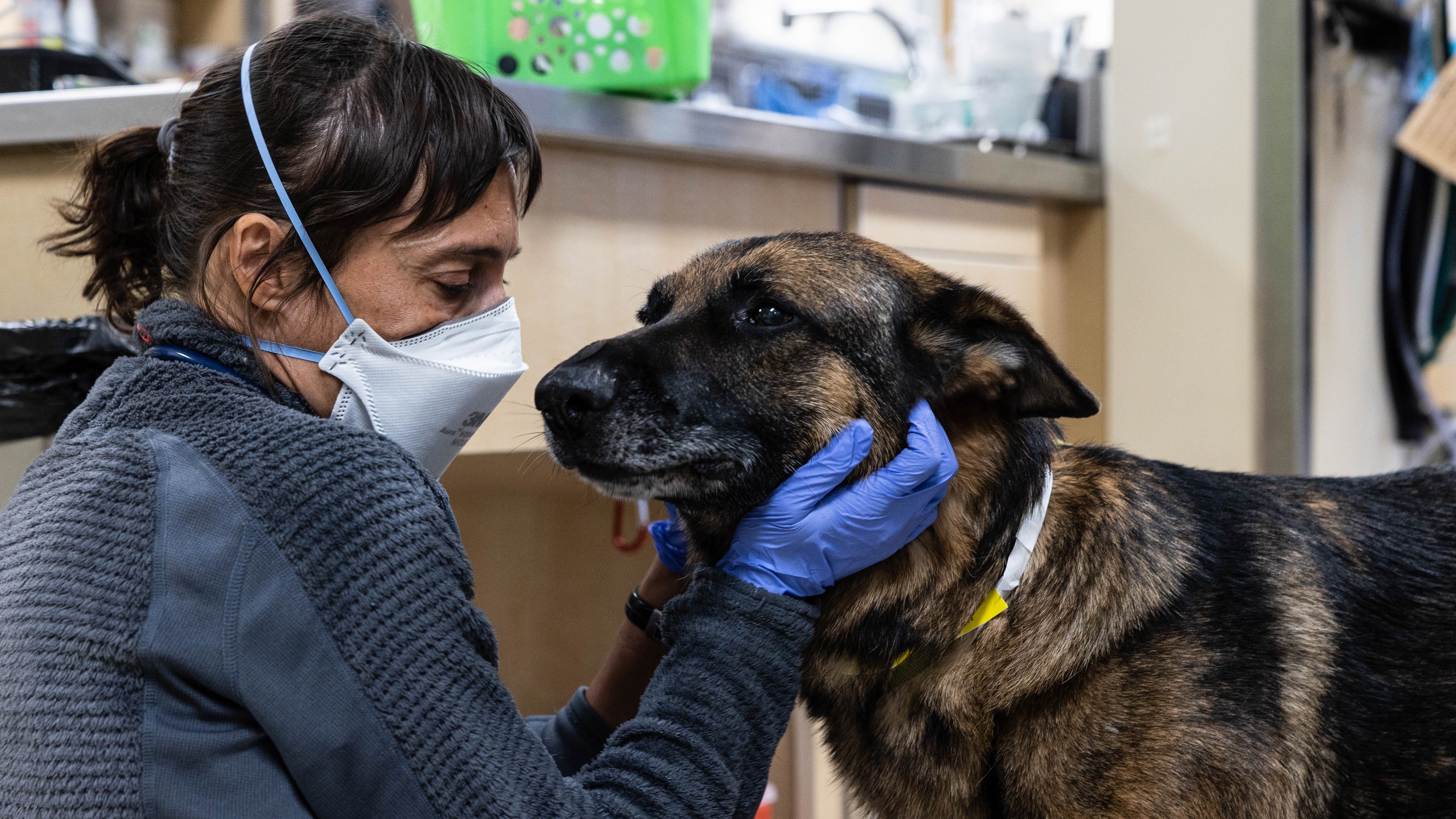Preparing for Exotic Patients

A chicken, a rabbit, and a skunk walk into DoveLewis…
It sounds like the start of an awful joke, right? Actually, all three of those animals were recently hospitalized in our ICU. Almost daily you can see multiple species of animals come through the ER and I think it’s safe to say that more and more people are not only owning exotics but are seeking veterinary care for them.
Before we go any further, let me just say, I LOVE exotics! I love their short legs and their tiny vessels. I love the IO catheters and the challenging IV catheter placements. I love the crazy blood smears and positioning them for radiographs. Technicians are essential in collecting history, providing client education, providing safe restraint, administering medications, and even monitoring anesthesia on these unique patients. And, as always, one of our biggest roles as technicians is to advocate for the patient while showing compassion for the owners. Haven’t we all heard someone say, “I can’t believe they are doing all that for a (insert any exotic species).” I challenge you to diplomatically stand up to your coworkers with those views. We have to realize that an owner can be as bonded to their guinea pig or macaw as another owner is with their dog or cat. We don’t often question what an owner is willing to spend on their dog, and we shouldn’t question what an owner is willing to spend on their rat. That’s one of the things I love most about my job- witnessing the human-animal bond and that certainly continues in the world of exotics.
Now, treating these feathered, scaly, or fuzzy animals certainly comes with challenges. There are vast differences between species and each one of those animals has individual needs when it comes to its treatment and care. These challenges make us either love working with exotic pets or want to pull out our hair when they come in the front door. Face it; we all have heard a coworker make a comment about not wanting to see a rabbit or a bird when they come in. We can combat this attitude by doing a couple of things such as educating and building confidence in the entire staff, identifying which staff members are comfortable and excited about exotics, and familiarizing ourselves with local avian and exotic focused practices referring patients for continued care.
Regardless of the role you play, I think it is essential that we are prepared for this growing field. When thinking about professional advancement, I believe it’s not just wise, but crucial for technicians to keep their eyes open for continuing education in exotic medicine. Keep in mind that this field has frequent changes in protocols and recommendations. Obviously, every practice cannot be prepared for every exotic animal that could come in the door. However, if you work at a practice that has committed to begin seeing exotics, you may have to make some changes in order to prepare. Consider designating a quiet room just for exotics or when they arrive separate them from the loud dogs and the predator cats. If you are a practice that is seeing exotics by appointment, consider longer appointment times to allow for slower, safer, and less stressful physical exams, as well as additional time for client education.

Deciding to treat exotic animals shouldn’t mean your clinic is going to be buying a lot of new supplies or equipment; many of these items you may already have. Here is my go-to list of basic supplies. Use this as a checklist to hang on a cupboard with your designated supplies.

Basic Supplies for Exotic Patients
- Gram Scale
- Shallow water dish and cage bottles
- Safe heat source (consider lamps, rocks, or warming bottles)
- Small selection of hay, pellets and seed
- Critical Care (Fine Grind for syringe feeding)
- Perches (variety of sizes, preferably dishwasher safe)
- Insulin Syringes for blood collection
- 24g IV catheters
- Microtainer blood collection tubes (red, lavender, and green tops)
- Gavage needles
- 3.5-5 French red rubber catheters
- Mouth Speculum
- Leather Gloves
- Dremel
- Sterile cotton tipped applicators
- Instrument pack with small hemostats, iris scissors, forceps, and needle drivers


